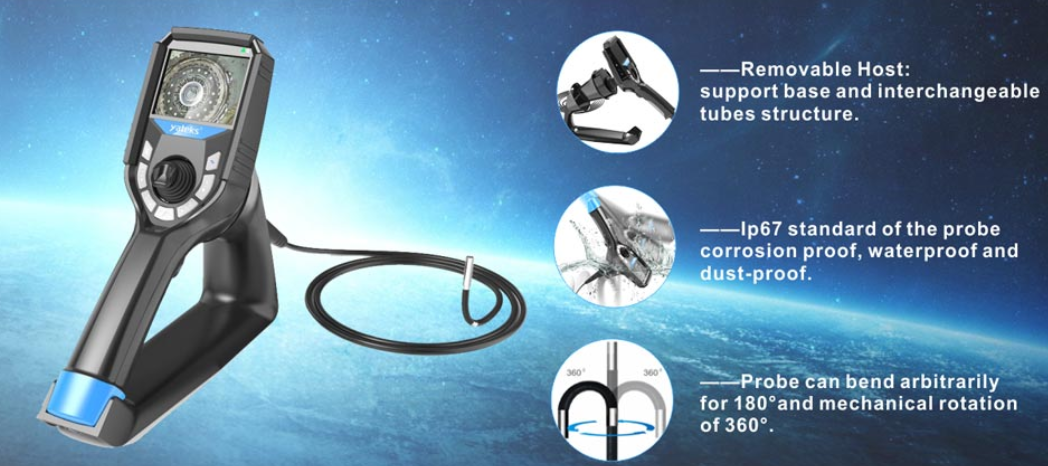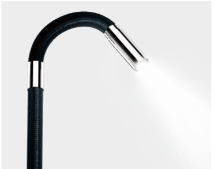Author: Jenna
Date: 2019/7/8
When it comes to the operation of industrial endoscope, we always think it’s not difficult: just insert the probe into the inspected area, adjust the brightness and do articulation to find the best viewing angle, then do the inspection in the way of real-time monitoring, taking photos or taking videos.
Yes, it’s very easy to use industrial endoscopes. However, if we pay attention to some skills, the endoscope can be best protected and its life expectancy can be well extended. The final result is saving money.
Note 1: Always remember to make the probe status “straight” before you pull out the insertion tube from the inspected area which is quite important. If the probe is stuck, the possible results are: damaged bending section, damaged camera module, broken inside wires, whole insertion tube failure etc. Repair of these parts will be not quite easy.
Note 2: Move the probe into the inspected area to find out the target area first and then do articulation. In this way, it can help to reduce wearing and damages during use. What’s more, when the inspection camera is in the target area or close to the inspected object, it’s more convenient to make full use of the DOF(Depth of Field). As is known, the image can only be clear if the inspected area/object distance is within the DOF of the camera.
Note 3: Trying your best never to make your insertion tube dented/worn. If you know some basic structure of the insertion tubes, you will understand better about this. Outer dents on the insertion tube will cause failure or damages on all of the inside wires. Surely the insertion tube can stand some pressure, but it’s not rough and strong enough to stand the intensive, small-area pressure.



